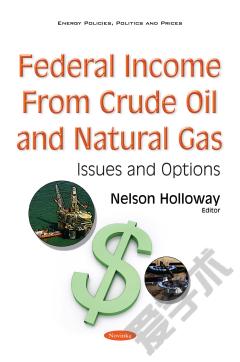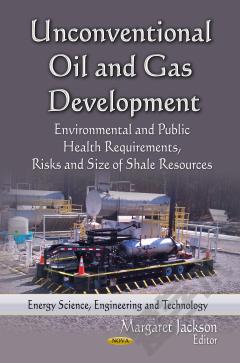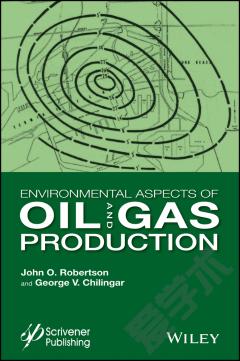Unconventional Oil and Natural Gas: Emerging Resources and Select Environmental Issues
The United States has seen a resurgence in petroleum production, mainly driven by technology improvements (hydraulic fracturing and directional drilling) developed for natural gas production from shale formations. Application of both of these technologies enabled natural gas to be economically produced from shale and other unconventional formations, and contributed to the United States becoming the world’s largest natural gas producer in 2009. Use of these technologies has also contributed to the rise in U.S. oil production over the last few years. In 2009, annual oil production increased over 2008, the first annual rise since 1991, and has continued to increase each year since then. Between 2008 and 2012, U.S. annual crude oil production rose by 1.5 million barrels per day, with about 92% of the increase coming from shale and related tight oil formations in Texas and North Dakota. Overall petroleum liquids grew by 2.1 million barrels per day, with much of the increase in natural gas liquids coming from shale gas plays. Other tight oil plays are also being developed, and helped raise the prospect of energy independence, particularly for North America. The rapid expansion of oil and gas extraction using hydraulic fracturing, both in rural and more densely populated areas, has raised concerns about its potential environmental and health impacts. These concerns have focused primarily on potential impacts to groundwater and surface water quality, public and private water supplies, and air quality. This book focuses on the growth in U.S. oil and natural gas production driven primarily by tight oil formations and shale gas formations. It also reviews selected federal environmental regulatory and research initiatives related to unconventional oil and gas extraction, including the Bureau of Land Management (BLM) proposed hydraulic fracturing rule.
{{comment.content}}








 京公网安备 11010802027623号
京公网安备 11010802027623号